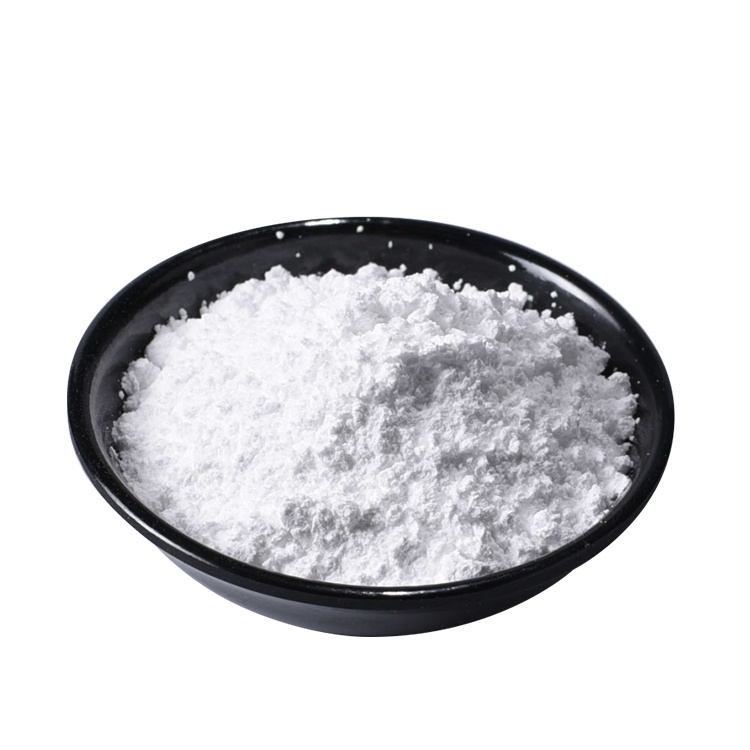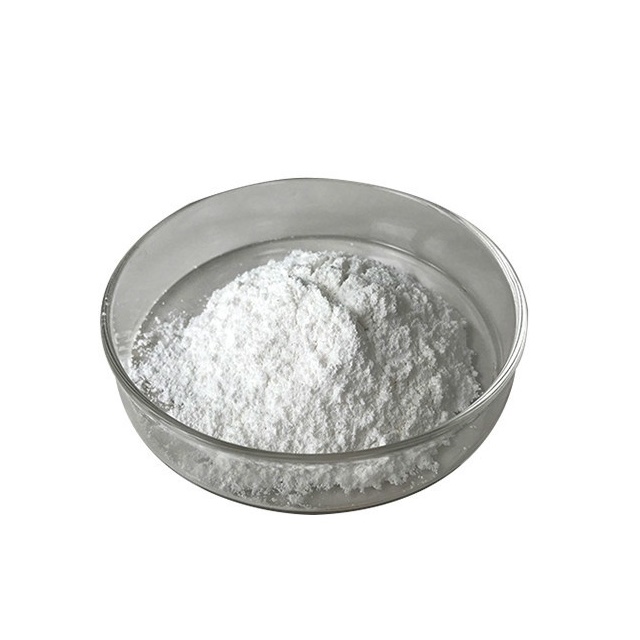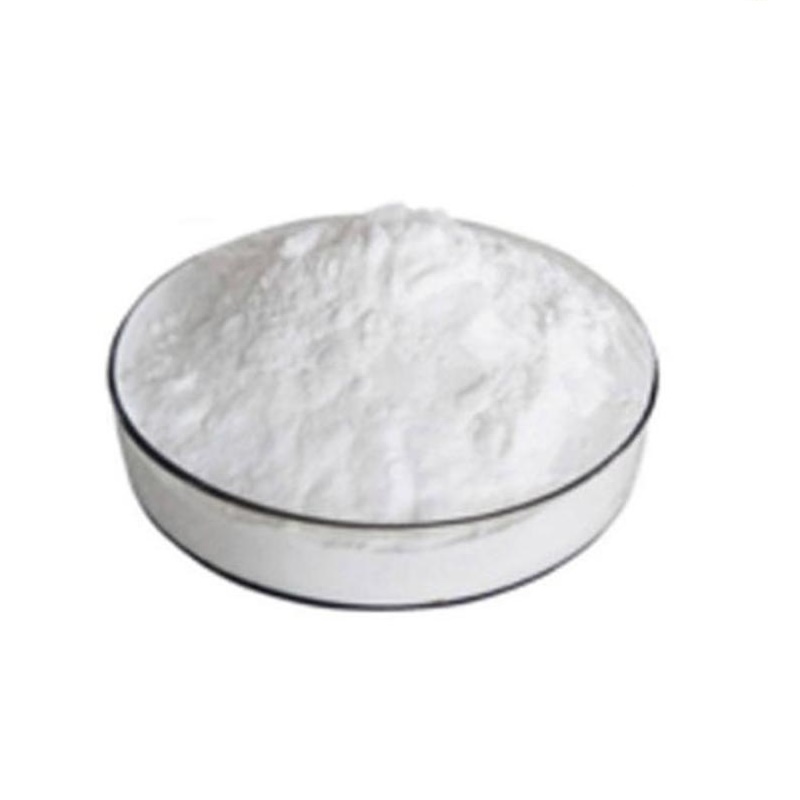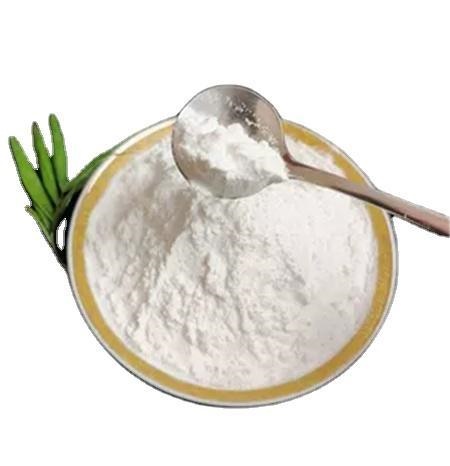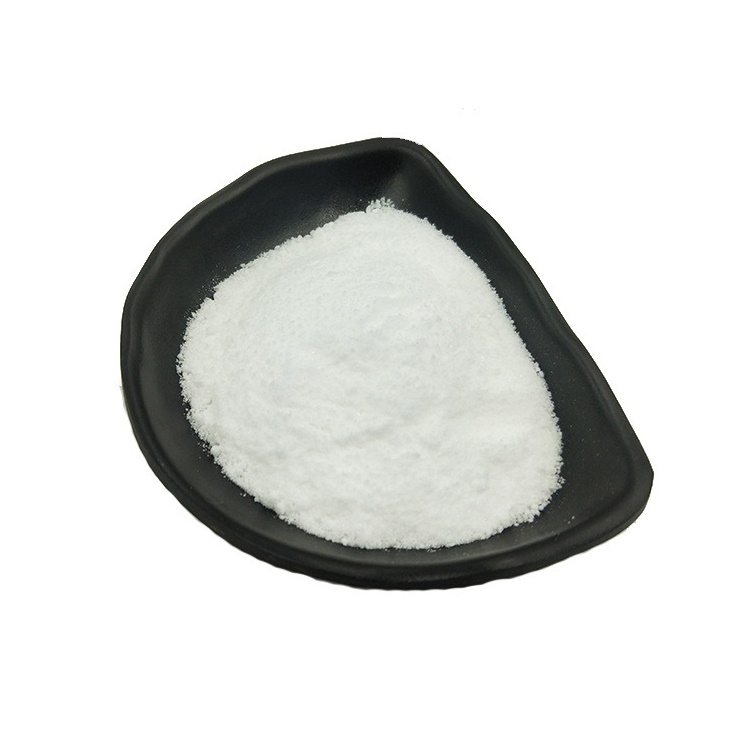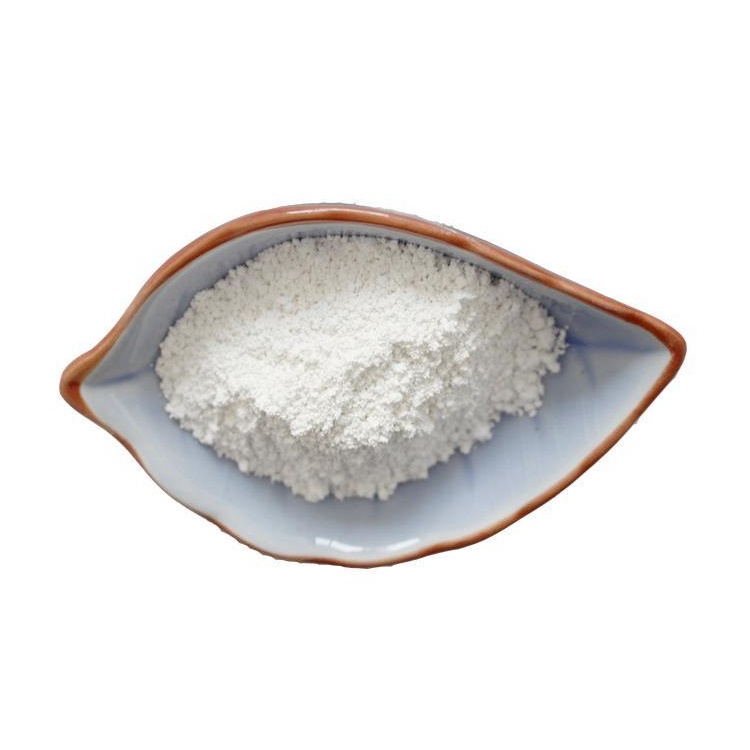

Sodium lauroylsarcosinate CAS 137-16-6
——————
CAS number : 137-16-6
molecular formula : C15H28NO3.Na
EINECS : 205-281-5
——————
Email : info@deshangchem.com
Mobile : +86-13153039501
TEL : +86-531-88752665
CAS number:137-16-6
molecular formula:C15H28NO3.Na
molecular weight:293.38
EINECS number:205-281-5
English synonyms
n-methyl-n-(1-oxododecyl)glycine sodium salt;N-LAURYL SARCOSINE, SODIUM SALT;N-LAUROYLSARCOSINE NA-SALT;N-LAUROYLSARCOSINE SODIUM SALT;N-LAUROYLSARCOSINE SODIUM SALT HYDRATE;GARDOL;LAUROYLSARCOSINE, SODIUM SALT;N-Methylglycinol
Related categories
Daily chemical raw materials; daily chemicals; organic acids; organic chemicals; organic chemical raw materials; flavors and fragrances; reagents; biochemical reagents; surfactants; detergents; proteomics; solvents; pharmaceutical raw materials; cosmetic raw materials; daily chemicals; Biochemical reagents - amino acids; chemical raw materials; pharmaceutical raw materials; pharmaceuticals, pesticides and dye intermediates; biochemical products; chemical products - organic chemicals; cosmetic raw materials - functional raw materials; food additives; organic chemicals; Hair Care; Oral Care; Skin Care;Amino ACIDS SERIES;Anionic Surfactants;Carboxylate (Surfactants);Functional Materials;Surfactants;Biochemistry;Nonionic Surfactants (for Biochemistry);Surfactants (for Biochemistry);Additional Anionic DetergentsDetergents;Anionic;Detergents;Detergents A to Z;Cosmetic Ingredients & Chemicals;detergent;chemical raw materials-organic chemical industry;chemical materials;chemical industry;organic chemical raw materials;organic intermediates;other;organic raw materials;biological buffer series
Introduction
Sodium lauroyl sarcosinate, the English name is SODIUM LAUROYL SARCOSINATE, alias: sodium lauroyl-N-methylglycine, sodium lauroyl-N-methylglycinate. The main role of sodium lauroyl sarcosinate in cosmetics and skin care products is antistatic, foam booster, cleaning agent, and surfactant. The risk factor is 3, which is relatively safe and can be used with confidence. Generally, it has no effect on pregnant women. Sodium carbamide is not acne-causing. The FDA has approved sodium lauroyl sarcosinate as a food additive directly, and CIR allows it to be used in rinse-off products and leave-on products at a concentration of not more than 5%.
Melting point | 46 °C |
| Density | 1.033 g/mL at 20 °C |
| Vapor Pressure | 0.02 hPa (20 °C) |
RTECS | MC0598960 |
| Flash point | 267℃ |
| Storage conditions | room temp |
| Solubility | H2O: 1 M at 20 °C, clear, colorless |
| Shape | Powder |
| Color | White |
| Specific gravity | 1.03 (20/4℃) |
| PH value | 7.0-9.0 (25℃, 1M in H2O) |
| Water solubility | Soluble in water (293 g/L). |
| Maximum wavelength(λmax) | λ: 260 nm Amax: 0.2 |
| Sensitive | Hygroscopic |
Merck | 14,4368 |
BRN | 5322974 |
| Stability | Stable. Incompatible with strong oxidizing agents. |
LogP | 0.37 |
| CAS database | 137-16-6(CAS DataBase Reference) |
● Sodium lauroyl sarcosinate is a foaming agent and surfactant, it is lauroyl sarcosinate (made from the breakdown of creatine or caffeine), a modified fatty acid. It is often found in shampoos, body washes, cleansers and shaving products as a foaming agent, surfactant and hair conditioner.
● Sodium N-laurophthalate sarcosinate is an anionic amino acid surfactant with low toxicity, low irritation, good biodegradability, good compatibility, antibacterial and corrosion resistance, etc. It is widely used It is used in many fields such as daily chemicals, food, metal processing, mineral flotation, pesticide formulation and biomedicine.
● Sodium lauryl sarcosinate is an amino acid surfactant. In addition to its excellent surface activity, it also has the characteristics of antibacterial and bactericidal properties, corrosion and rust inhibition, and good biodegradability. Therefore, it is widely used in detergents and cosmetics. , food and beverage, metal rust, mineral flotation, pesticides and biomedicine and many other fields.
● Biochemical Research. Anionic surfactants. Hexokinase inhibitors. Anionic detergent. Yeast RNA isolation. It can be used for RNA and DNA isolation, as a solubilizer in cell purification, as an additive when separating DNA from human serum, and it can also increase the nitrogen-fixing ability of legume rhizobia by adding this product. It also has many applications in immunochemistry.
● An anionic surfactant. Since it does not generate excessive foam, it can be used for cell lysis in RNA extraction protocols.
● Relevant scholars have established an analytical method for the determination of sodium lauryl sarcosinate by gas chromatography. Using dodecanedicarboxylic acid as internal standard, the sample reacted with boron trifluoride methanol solution to generate methyl ester compound. Using HP-5 chromatographic column as analytical column and FID as detector, the internal standard method was used for quantification.
● The aqueous solution of sarcosine is prepared by adding sodium hydroxide to react with lauroyl chloride under alkaline conditions.
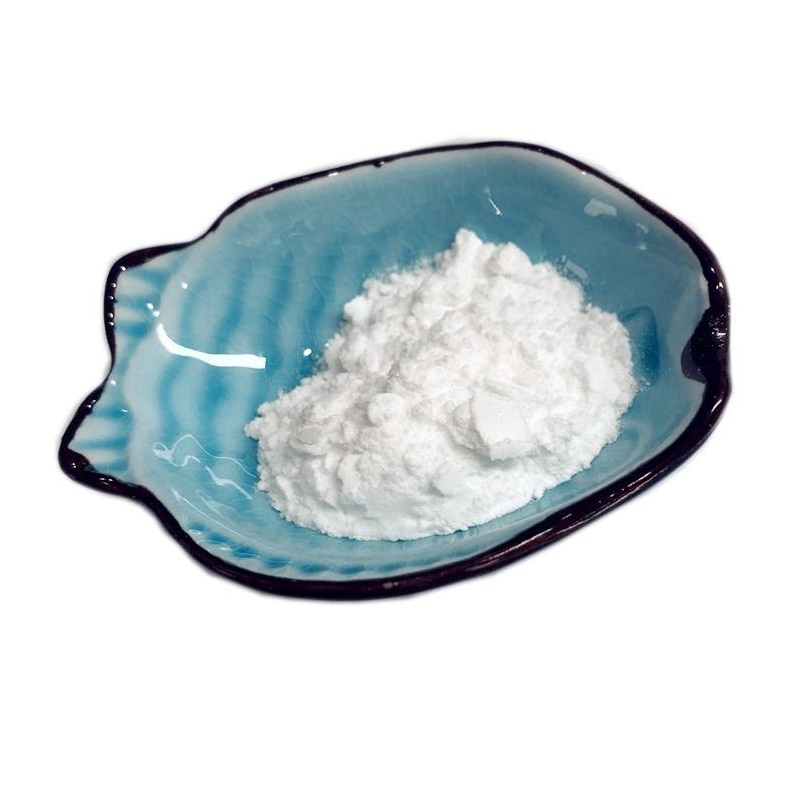
Sodium lauroylsarcosinate CAS 137-16-6
CAS number:137-16-6
molecular formula:C15H28NO3.Na
molecular weight:293.38
EINECS number:205-281-5
English synonyms
n-methyl-n-(1-oxododecyl)glycine sodium salt;N-LAURYL SARCOSINE, SODIUM SALT;N-LAUROYLSARCOSINE NA-SALT;N-LAUROYLSARCOSINE SODIUM SALT;N-LAUROYLSARCOSINE SODIUM SALT HYDRATE;GARDOL;LAUROYLSARCOSINE, SODIUM SALT;N-Methylglycinol
Related categories
Daily chemical raw materials; daily chemicals; organic acids; organic chemicals; organic chemical raw materials; flavors and fragrances; reagents; biochemical reagents; surfactants; detergents; proteomics; solvents; pharmaceutical raw materials; cosmetic raw materials; daily chemicals; Biochemical reagents - amino acids; chemical raw materials; pharmaceutical raw materials; pharmaceuticals, pesticides and dye intermediates; biochemical products; chemical products - organic chemicals; cosmetic raw materials - functional raw materials; food additives; organic chemicals; Hair Care; Oral Care; Skin Care;Amino ACIDS SERIES;Anionic Surfactants;Carboxylate (Surfactants);Functional Materials;Surfactants;Biochemistry;Nonionic Surfactants (for Biochemistry);Surfactants (for Biochemistry);Additional Anionic DetergentsDetergents;Anionic;Detergents;Detergents A to Z;Cosmetic Ingredients & Chemicals;detergent;chemical raw materials-organic chemical industry;chemical materials;chemical industry;organic chemical raw materials;organic intermediates;other;organic raw materials;biological buffer series
Introduction
Sodium lauroyl sarcosinate, the English name is SODIUM LAUROYL SARCOSINATE, alias: sodium lauroyl-N-methylglycine, sodium lauroyl-N-methylglycinate. The main role of sodium lauroyl sarcosinate in cosmetics and skin care products is antistatic, foam booster, cleaning agent, and surfactant. The risk factor is 3, which is relatively safe and can be used with confidence. Generally, it has no effect on pregnant women. Sodium carbamide is not acne-causing. The FDA has approved sodium lauroyl sarcosinate as a food additive directly, and CIR allows it to be used in rinse-off products and leave-on products at a concentration of not more than 5%.
Melting point | 46 °C |
| Density | 1.033 g/mL at 20 °C |
| Vapor Pressure | 0.02 hPa (20 °C) |
RTECS | MC0598960 |
| Flash point | 267℃ |
| Storage conditions | room temp |
| Solubility | H2O: 1 M at 20 °C, clear, colorless |
| Shape | Powder |
| Color | White |
| Specific gravity | 1.03 (20/4℃) |
| PH value | 7.0-9.0 (25℃, 1M in H2O) |
| Water solubility | Soluble in water (293 g/L). |
| Maximum wavelength(λmax) | λ: 260 nm Amax: 0.2 |
| Sensitive | Hygroscopic |
Merck | 14,4368 |
BRN | 5322974 |
| Stability | Stable. Incompatible with strong oxidizing agents. |
LogP | 0.37 |
| CAS database | 137-16-6(CAS DataBase Reference) |
● Sodium lauroyl sarcosinate is a foaming agent and surfactant, it is lauroyl sarcosinate (made from the breakdown of creatine or caffeine), a modified fatty acid. It is often found in shampoos, body washes, cleansers and shaving products as a foaming agent, surfactant and hair conditioner.
● Sodium N-laurophthalate sarcosinate is an anionic amino acid surfactant with low toxicity, low irritation, good biodegradability, good compatibility, antibacterial and corrosion resistance, etc. It is widely used It is used in many fields such as daily chemicals, food, metal processing, mineral flotation, pesticide formulation and biomedicine.
● Sodium lauryl sarcosinate is an amino acid surfactant. In addition to its excellent surface activity, it also has the characteristics of antibacterial and bactericidal properties, corrosion and rust inhibition, and good biodegradability. Therefore, it is widely used in detergents and cosmetics. , food and beverage, metal rust, mineral flotation, pesticides and biomedicine and many other fields.
● Biochemical Research. Anionic surfactants. Hexokinase inhibitors. Anionic detergent. Yeast RNA isolation. It can be used for RNA and DNA isolation, as a solubilizer in cell purification, as an additive when separating DNA from human serum, and it can also increase the nitrogen-fixing ability of legume rhizobia by adding this product. It also has many applications in immunochemistry.
● An anionic surfactant. Since it does not generate excessive foam, it can be used for cell lysis in RNA extraction protocols.
● Relevant scholars have established an analytical method for the determination of sodium lauryl sarcosinate by gas chromatography. Using dodecanedicarboxylic acid as internal standard, the sample reacted with boron trifluoride methanol solution to generate methyl ester compound. Using HP-5 chromatographic column as analytical column and FID as detector, the internal standard method was used for quantification.
● The aqueous solution of sarcosine is prepared by adding sodium hydroxide to react with lauroyl chloride under alkaline conditions.
Team Presentation

